Ready for restoration: ecosystems in need of a reboot
From forests and farmlands to freshwater, oceans and coasts, the vitality and diversity of Earth’s ecosystems are the basis of human prosperity and well-being. Yet we are degrading these precious resources in alarming ways. The UN Decade on Ecosystem Restoration is an opportunity to help turn the tide and give people and nature a sustainable future.
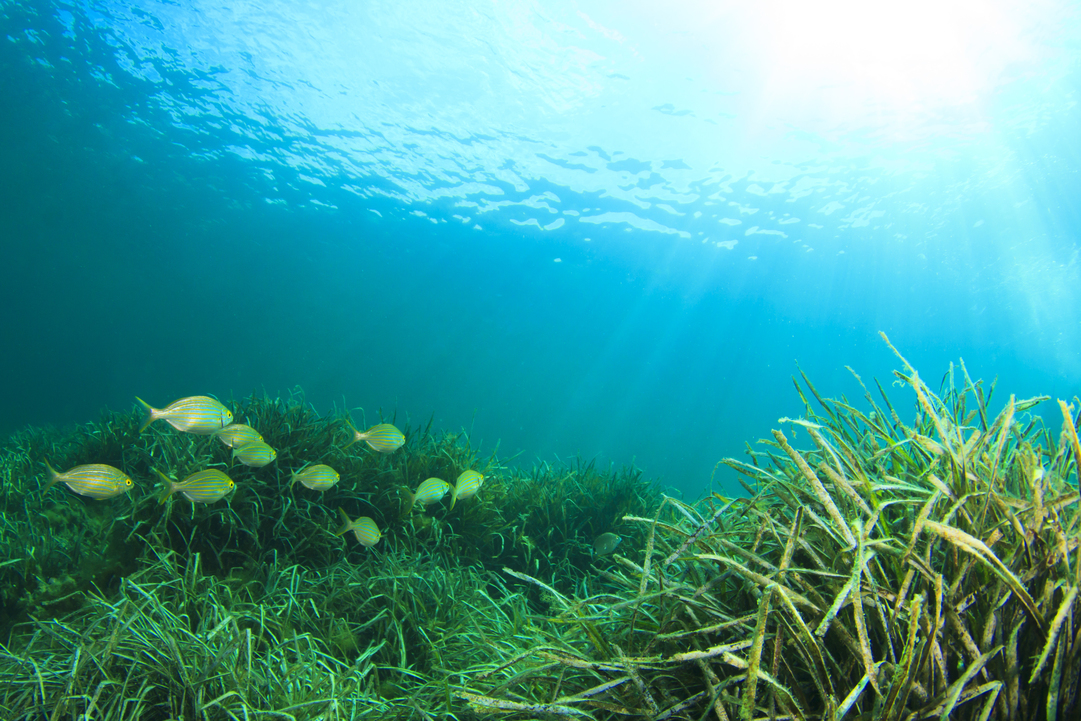
Oceans and coasts
Protecting blue resources from over-exploitation
We live on a blue planet, with oceans and seas covering more than 70 per cent of the Earth. Oceans feed us, regulate our climate, and generate most of the oxygen we breathe. They underpin key sectors of the economy such as tourism and fisheries. And they harbour biodiversity from whales to plankton in habitats from sun-lit reefs to polar oceans.
Despite their importance, oceans and coasts face unprecedented threats. Millions of tons of plastic waste are entering the world’s oceans and harming creatures including seabirds, turtles and crabs. Climate change is damaging coral reefs and other key ecosystems. People are cutting too much wood from mangroves and clearing them for fish farms and other activities. Overfishing is threatening the stability of fish stocks, nutrient pollution is contributing to the creation of dead zones, and nearly 80 per cent of the world’s wastewater is discharged without treatment.
Restoring oceans and coasts means reducing the pressure on those ecosystems so they can recover, both naturally and by re-seeding or transplanting key species. It also means understanding how to make both ecosystems and communities more resilient in the face of global change. For instance, governments and communities need to make fishing sustainable. Pollutants must be treated before they reach the ocean, and solid waste like plastics kept out completely. Growing coastal cities should protect, not replace, coastal ecosystems. And coral reefs, mangroves and seagrasses must be carefully managed and actively restored so that oceans continue to support billions of livelihoods globally.
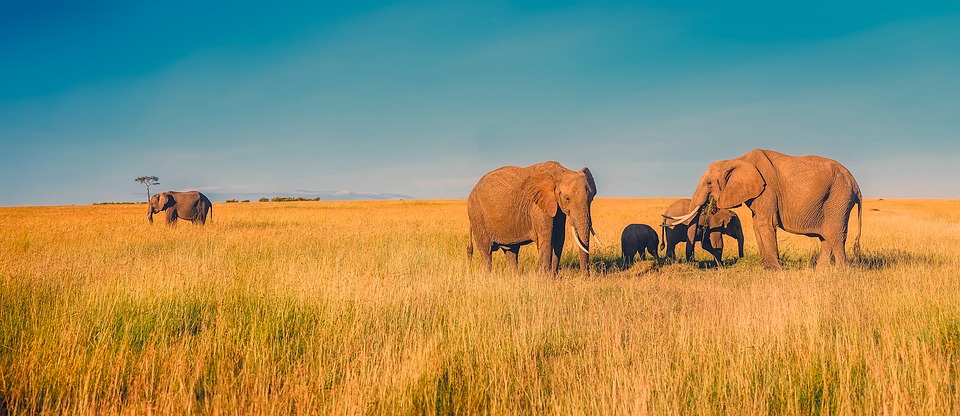
Savannahs & Grasslands
Stewarding the delicate balance between agriculture and wilderness
Savannahs are ecosystems usually in a transitional zone between desert and forest, so are very dry and dependent upon seasonal rain. These are ecosystems dominated primarily by grasses, grazed by livestock and wildlife, with a widely spaced layer of trees and shrubs.
They are present mostly in Africa, South and North America, Asia (South-East Asia & India), and Australia. There are five main types of savannah: tropical and subtropical, temperate, Mediterranean, flooded, and montane. Savannahs are one of the largest ecosystems in the world and cover approximately 20% of the global land surface.
The most extensive savannahs with critical pasture lands are located in Africa. The savannah which we are most familiar with is the East African savannah of the Maasai Mara and Serengeti; actually a contiguous ecosystem that is divided by a border between Kenya and Tanzania. These famous safari destinations are home to large animals such as lion, leopard, cheetah, giraffe, elephant, rhino, buffalo, crocodile and birdlife as well as spectacular trees, such as acacia and baobab.
Savannahs’ plant communities are highly resilient to disturbances such as fires and the eating habits of large, wild browsing and grazing species. Interestingly, fire plays a critical role in keeping Savannah landscapes in balance, with a mixture of grass trees and shrubs; contributing to maintaining this ecosystem as the largest area of any vegetation type on the planet, which in turn supports indigenous communities and iconic wildlife. But they are particularly sensitive to degradation from human pressures and climate change.
The main drivers of savannah degradation are 1) conversion of land from wilderness to agricultural for crops such as cotton, groundnuts and cocoa; 2) urban expansion; 3) mining and other natural resource exploitation; 4) the exclusion of pastoralists from an integrated management plans. Tree clearing and the introduction of exotic plant species are also factors. A large threat also comes from activities altering the soils, such as overgrazing by livestock, as it removes the vegetation on which the soil depends and causes erosion, and their conversion to agricultural lands. The destruction and degradation of such ecosystems can occur very fast; however, their restoration and recovery will be slow.
The UN Decade on Ecosystem Restoration offers many opportunities to address these losses through a range of restoration techniques. Sustainable management of Savannahs depends on the intimate relationship and co-dependence between vegetation (particularly grasses) and herbivores. Nature-based solutions such as prescribed fire and tree cutting will help to restore the vegetation structure and reintroduce herbaceous plant species. Other activities, such as the removal of invasive plants, will allow reintroducing endemic plant and tree species, which will help to improve the quality of the soil. Other techniques focusing on the restoration of the soil include through revival, development and scaling of sustainable herd management practices.

Forests
Halting deforestation in the face of competing demands
Forests and trees make Earth liveable. They provide us with clean air and water. By storing vast amounts of carbon and moderating the climate, they are a critical defence against global heating. They are home to most of the planet’s amazing biodiversity. They provide shade, recreation and a sense of well-being. And they support the livelihoods of billions of people around the world.
Forest ecosystems are under intense pressure from our rising population and its hunger for more land and resources. Globally, we are clearing about 7 million hectares of tropical forest every year, an area the size of the Ireland or Sierra Leone, often to make space for agricultural commodities such as palm oil and beef. Many remaining forests are degraded because of logging, firewood cutting, pollution and invasive pests. Even trees outside forests are disappearing to make way for houses, roads and dams and for intensive agriculture. Wildfires, which are made worse by climate change, can devastate forest ecosystems.
Restoring forest ecosystems involves returning trees to former forest land and improving the condition of degraded forests. As well as planting native tree species, it can include conserving wild plants and animals and protecting the soils and water sources that are part of the forest ecosystem. Land cleared for farming that falls into disuse is ideal for forest restoration. In existing forests, native species can be planted to regenerate the tree cover. In some cases, forest trees will re-grow naturally. Forest restoration can also mean nurturing patches of forest and woodland in landscapes that also include busy farms and villages.
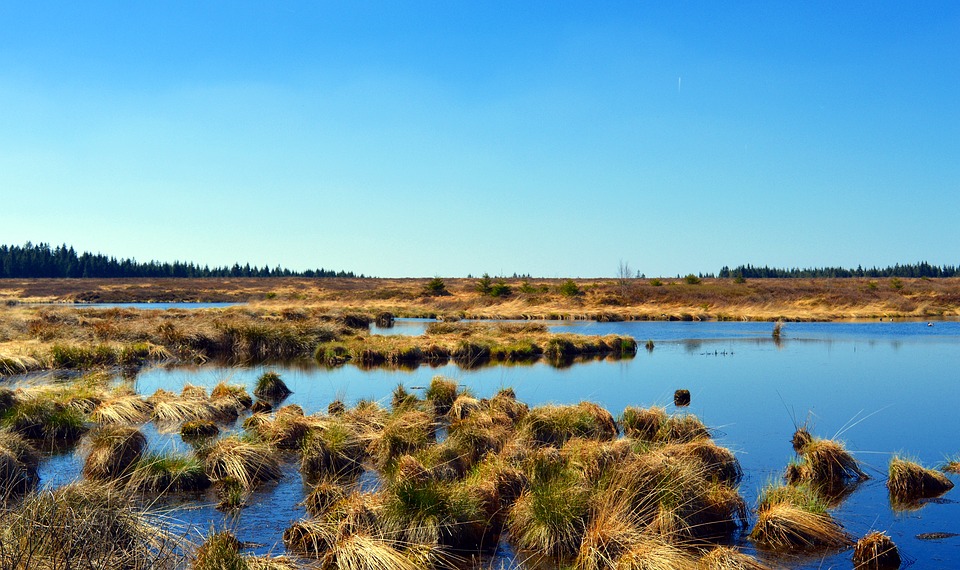
Peatlands
Protecting the world’s largest terrestrial carbon stores
Present in more than 180 countries, peatlands are vital, super-powered ecosystems. Though they cover only 3 percent of the world’s land, they store nearly 30 per cent of its soil carbon. They provide vital services such as controlling water supplies and preventing floods and droughts and provide many people with food and fuel. They also house rare plants and animals that can only survive in these unique, watery environments.
Despite their importance, peatlands around the world are being drained and converted for agriculture, infrastructure development, mining and oil and gas exploration. Peatlands are also being degraded by fire, overgrazing and extraction of peat as fuel and as a growing medium. Despite covering only 0.4 per cent of the global land surface, drained peatlands are responsible for more than 5 per cent of our carbon emissions, and much more when they are burning.
Meeting the goal of keeping the global average temperature increase below 2˚C requires urgent action to hold peatland carbon where it is – wet, and in the ground. At the same time, we must re-wet and restore many already drained and degraded peatlands to halt their greenhouse gas emissions and protect the other benefits they provide. Peatlands protection and restoration can be a low-cost, low-tech and high impact nature-based solution for both climate action and biodiversity.
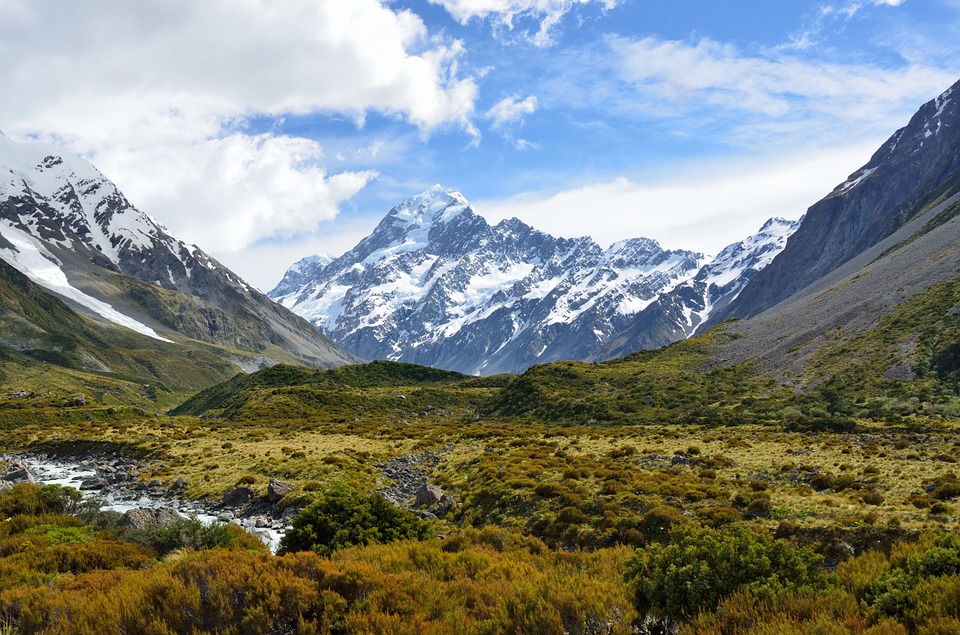
Mountains
Securing fragile uplands and their vital services
Mountains occupy about a quarter of the Earth’s land, harbour most of its biodiversity hotspots and supply fresh water to an estimated half of humanity. Present on every continent, mountains include a multitude of ecosystems holding many unique species such as snow leopards and mountain gorillas. They are also home to great cultural diversity among people adapted to the challenges of mountain life. Their special traditions and breath-taking scenery attract ever-growing numbers of tourists.
Mountain regions are particularly sensitive to degradation from both human pressures and climate change. Steep slopes mean the clearing of forest for farming, settlements or infrastructure can cause serious soil erosion as well as the loss of habitat. Erosion and pollution harm the quality of water flowing downstream. Climate change threatens the quantity and timing of water supplies to farms, cities, industry and power stations. Fast-rising temperatures are forcing mountain species, ecosystems and the people that depend on them to adapt or migrate.
Restoring mountain ecosystems means considering whole landscapes. Nature-based solutions including increased forest cover can conserve soil, safeguard water flows and guard against natural disasters such as avalanches, landslides and floods. Infrastructure such as dams and roads can be planned to avoid fragmenting rivers and other habitats. Farming techniques such as agroforestry can be more resilient in the face of changing weather patterns. Indigenous knowledge can be a vital resource in keeping the use of natural resources sustainable.
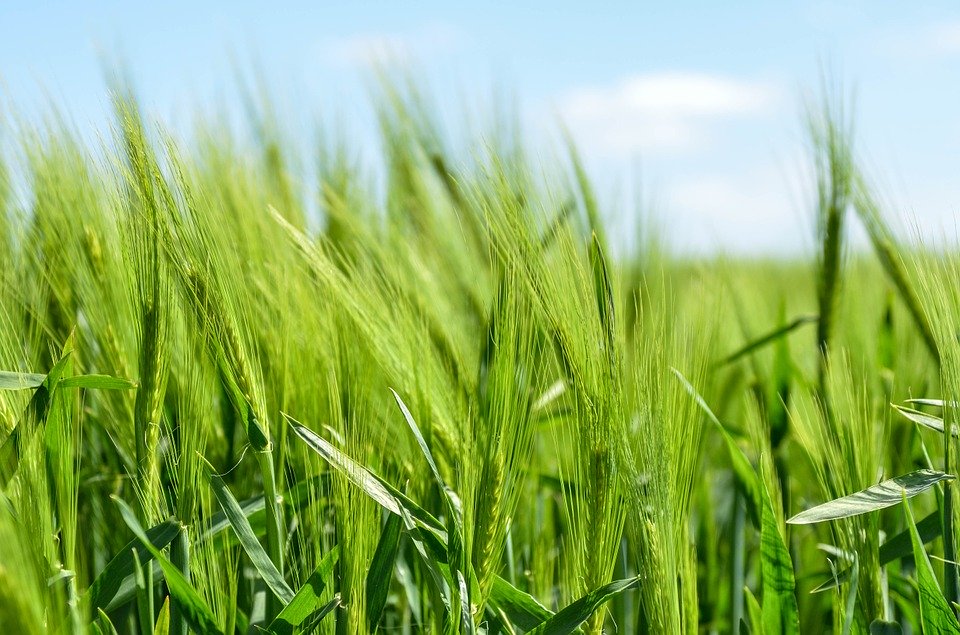
Farmlands
Restoring the land to secure food for all
Farmlands now cover more than one-third of the Earth's land surface and are perhaps our most vital natural resource. As well as supplying us with food, fodder and fibre, arable fields and grazing land host a bewildering variety of organisms from bats and birds to beetles and worms as well as considerable tree cover. Marked by centuries of human effort and ingenuity, these modified ecosystems are cultural treasures whose protection makes spiritual as well as economic sense.
Yet the way we are using many of these lands, from huge monocultures to extensive rangelands, is exhausting their vitality. Ploughing, over-cropping and the removal of hedges and trees is letting rain and wind erode precious soil. Excess fertilizer is polluting waterways and lowering soil quality. Pesticides are harming wildlife including insects such as bees that pollinate many crops. Over-grazing is exposing grasslands to erosion and invasive species.
Scientists are helping rural communities restore agricultural ecosystems by using nature to boost farm productivity. Some farmers are reducing tillage and adopting more natural fertilizers and pest control. Growing more diverse crops, including trees, can restore biodiversity and provide more nutritious diets. With careful management, smaller livestock herds can actually increase incomes. All these steps can revive the land, rebuilding the organic carbon stores and microorganisms that soak up water and maintain the natural fertility of our soils.
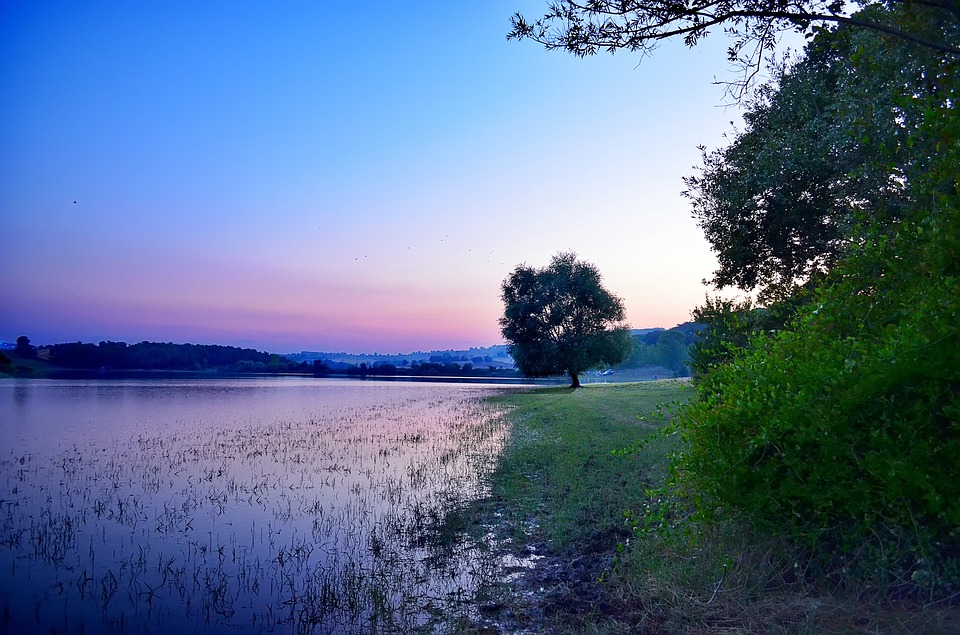
Freshwaters
Strengthening Earth’s most vulnerable lifeline
Freshwater ecosystems supply food, water and energy to billions of people, protect us from droughts and floods, and provide unique habitat for many plants and animals, including one third of all vertebrate species. These ecosystems range from mangroves shielding our coasts against tsunamis and erosion, to inland lakes and rivers teeming with fish, and wetlands that filter and moderate water flows while storing vast amounts of carbon.
Freshwater ecosystems are particularly degraded. They face pollution from chemicals, plastics and sewage as well as over-fishing and over-extraction of water to irrigate crops, generate power and supply industry and homes. Rivers face additional impacts from dams, canalisation and mining for sand and gravel. Wetlands are being drained for agriculture, with some 87 per cent lost globally in the last 300 years, and more than 50 per cent since 1900. One in three freshwater species are threatened with extinction.
Protecting and restoring freshwater ecosystems can involve improving water quality, for instance by treating all waste water before it is discharged. Fishing and mining must be controlled. Dams can be removed or better designed to restore river connectivity, while water extraction can be managed to maintain minimum flows. Returning water flows in peatlands and other wetlands to nature levels restores their ability to prevent stored carbon from reaching the atmosphere.
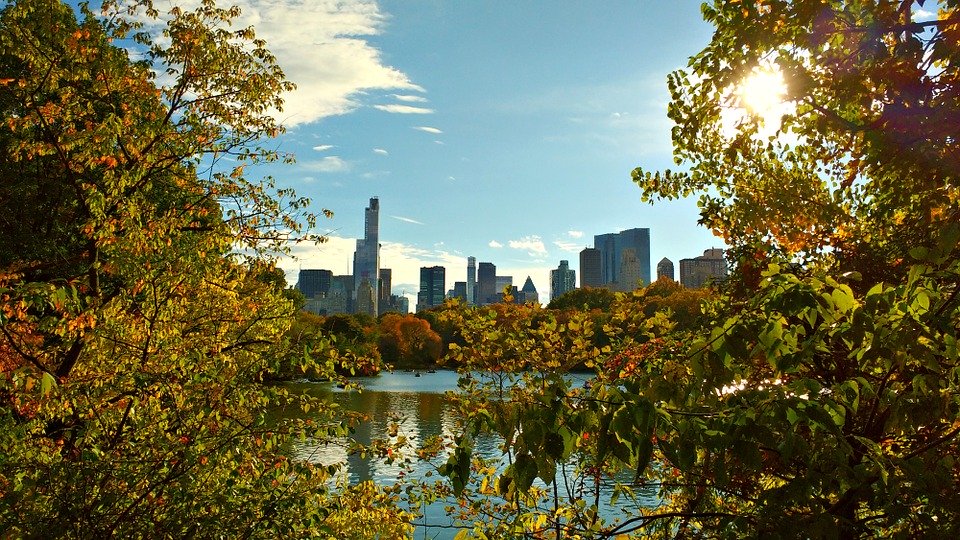
Urban areas
Learning to live with nature in cities and towns
Urban areas occupy less than 1 per cent of the Earth’s land surface but house more than half of its people. Despite their steel and concrete, crowds and traffic, cities and towns are still ecosystems whose condition profoundly marks the quality of our lives. Functioning urban ecosystems help clean our air and water, cool urban heat islands, and support our well-being by shielding us from hazards and providing opportunities for rest and play. They can also host a surprising amount of biodiversity.
Urban ecosystems represent a radical transformation of the natural areas they have replaced and are often highly degraded. Poor planning seals soils and leaves little space for vegetation amid the houses, roads and factories. Waste and emissions from industry, traffic and homes pollutes waterways, soils and the air. Unchecked urban sprawl gobbles up more and more natural habitat and fertile farmland.
Restoring urban ecosystems requires awareness and commitment from both citizens and decision makers. Green spaces need to be placed at the heart of urban planning. Civic groups and municipal authorities can clean up waterways, plant trees and create urban woodland and other wildlife habitat in parks, schools and other public spaces. Permeable sidewalks and urban wetlands can protect against flooding and pollution. Contaminated industrial areas can be rehabilitated and turned into urban nature reserves and places for recreation and relaxation.
Learn more about the Decade of Restoration and links to Wild for Life 2.0 ecosystems.